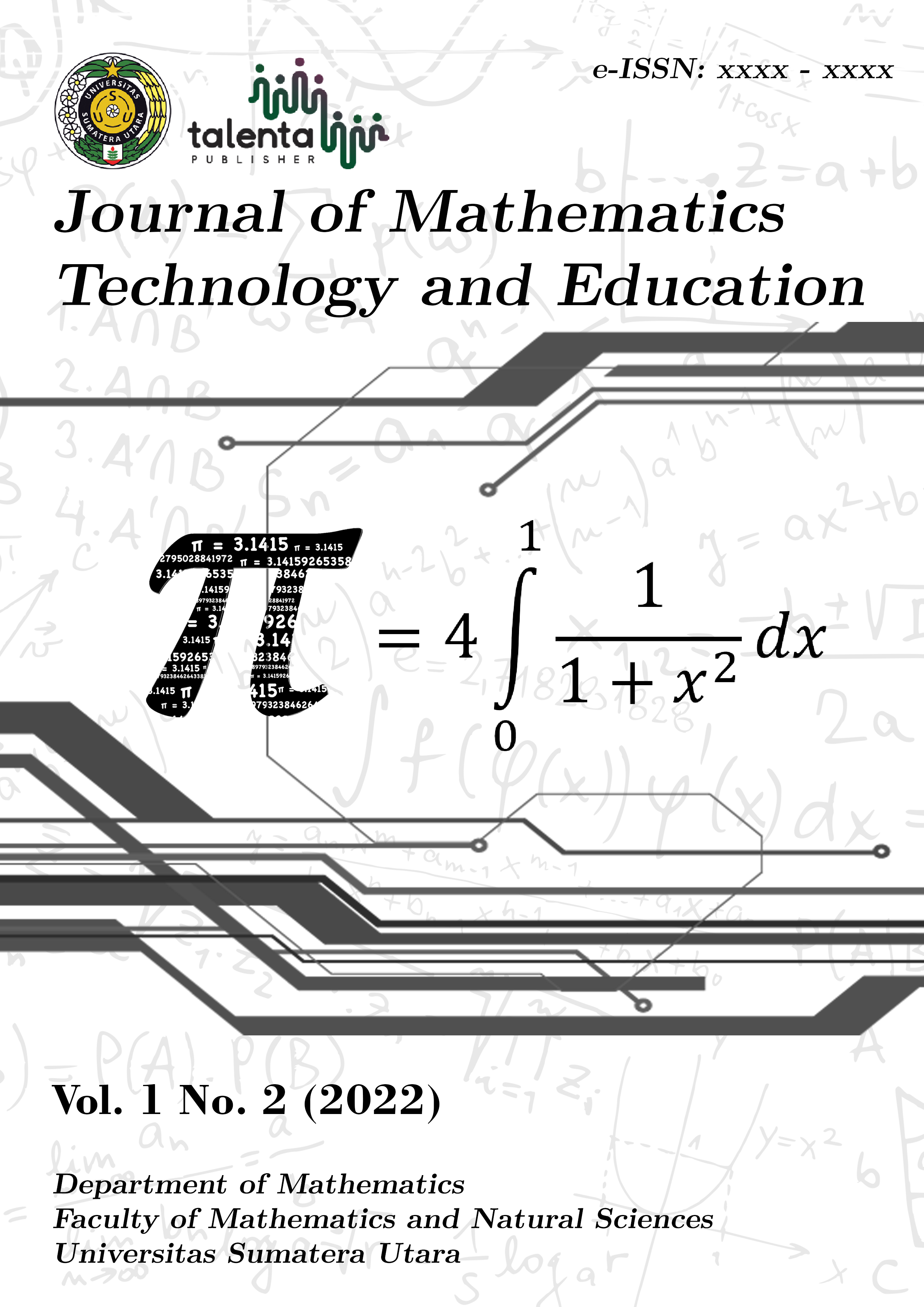Application of Branch and Bound Method to Optimize the Profit of Kue Kacang Hijau MD Production of Special Souvenir Sabang City
DOI:
https://doi.org/10.32734/jomte.v1i2.7571Keywords:
Branch and Bound Method, Production Optimization, Linear Programming, Integer Linier ProgrammingAbstract
Kue Kacang Hijau MD is a company that engages in the food business in Sabang City. This company produces more than one flavor of mung bean cakes including original flavor, coffee flavor, durian flavor, pandan flavor and chocolate flavor. For the limitation of available raw materials, this company difficulty to optimize its production profits. The aim of this study is to determine the amount of daily production of mung bean cake so the profit is maximum with the limited raw materials that available. This study uses the Branch and Bound Method, that is a method used to solve Integer Programming. From the analysis with this method, the optimal number of mug bean cake production is 1,060 boxes per day, that is 440 boxes of original flavor, 166 boxes of coffee flavor, 146 boxes of durian flavor, 146 boxes of pandan flavor, and 162 boxes of chocolate flavor with maximum profit is Rp. 4,323,200. By applying this method, daily profit would increase 6.35% or Rp. 258,200 compared to the previous profit.
Downloads
Published
How to Cite
Issue
Section
Copyright (c) 2022 Journal of Mathematics Technology and Education

This work is licensed under a Creative Commons Attribution-ShareAlike 4.0 International License.




